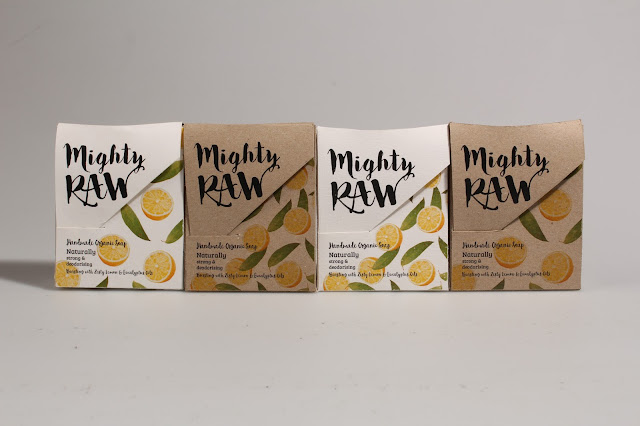Overall I have really enjoyed CoP3, it has been challenging but equally very rewarding. The module has taught me a wide range of skills and developed me as a designer. When I began the module I viewed it as an opportunity to learn as much as I could and really understand what it takes to create successful packaging design. I have used the module to push myself both creatively and academically, and in the process I have learnt how important the theoretical side of design is, and how big an influence it has over the creative outcome.
I managed my time well throughout the CoP brief by creating a long term plan which I referred back to throughout the process. I also planned my time out on a smaller scale by making plans for each week and again for every day. This gave me a list of set goals to achieve and kept me motivated as I could see that I was progressing. It definitely paid off because I had a finished draft of my dissertation completed before breaking up for Christmas and one of the outcomes sorted. It also meant that I could plan ahead and book printing and photography slots well in advance, which removed a great deal of stress.
I always like to plan things out on paper before designing or working on the computer. I decided to work in sketch books for CoP so that I could easily keep all my notes and ideas in order. This has been really beneficial as it allowed me to look back at previous ideas and see the thought process I have been through. It gave me a set place where I could jott down sudden ideas or thoughts, and test out different techniques and methods as well as figure out problems.
Throughout the project I have stopped and looked at what I was doing critically. This really helped the project to progress as in the past I have got carried away with ideas and not stopped to check that they actually worked or fitted the brief. By checking what I was doing and taking an objective point of view I was able to write down all the problems with the designs, and as a result create a plan of action. The main time I found this useful was designing the questionnaire; because I haven’t done anything like this before I wanted to make sure I did it correctly (mainly so I wouldn’t have difficulties analysing the results). Being critical with the questionnaire meant that I changed it a lot before sending it out, but this really helped to get rid of stupid mistakes. Whilst there was a few problems with the results received (for example not asking for a model of car) I felt I was able to quickly resolve them. At points during the primary research I felt like I had bitten off more than I could chew, however I am glad I persevered because completing it made me realise just how important market research is. It also taught me how to use market research correctly and how the results can be used to form a practical outcome.
I really enjoyed the practical element as I felt I had a good basis of knowledge to support my designs. The dissertation taught me theory about everything! Colours, type, shape, the importance of personality and positioning etc... Whilst my primary research gave me all the information I needed about the target market to implement what I had learnt through writing the dissertation. Clearly defining the target market gave me something to refer back to throughout the design process, this made me more confident to produce an outcome which actually resonated with the target market. I found designing for the 51-60 age group the most challenging because I don’t fit into this category, I don’t share similar interests or preferences when it comes to products. However, I saw this as a good way to test everything I had learnt so far and in the end I found this outcome the most rewarding.
I feel that the project is well synthesised because not only does the practical support the dissertations argument but it has actually been influenced by it. The soap packages are a visual display of all the theoretical knowledge I have gained through writing the dissertation. Creating my own primary research has formed a strong link between the theoretical and practical outcomes as it acted as a stepping stone between the two. I made sure to pay equal attention to both the theory and practical because I felt it was important to develop both skill sets and not prioritise one over the other.
If I had more time then I would have loved to explore more target markets and design soap packages for different groups such as children and men. This would be really interesting as they are not groups I fit into so I would be designing from my own primary research, in turn strengthening the dissertation’s argument.

















































